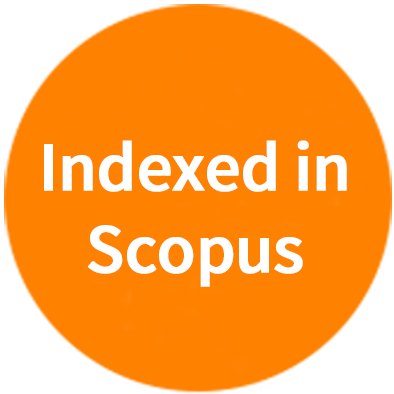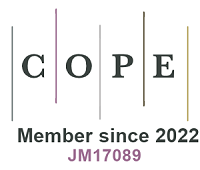Reframing cutaneous neurofibromas as a model for extracellular matrix-driven benign tumor biology by R Brown
In her comprehensive review, Rebecca M. Brown illuminates the complex cellular and molecular underpinnings of cutaneous neurofibromas (CNs) in neurofibromatosis type 1 (NF1), reframing these benign dermal tumors as a paradigmatic example of extracellular matrix (ECM)-driven tumor biology. Despite their non-malignant nature, CNs impose profound psychosocial and physical burdens and remain among the least therapeutically tractable manifestations of NF1. Brown’s work underscores that the lack of effective pharmacotherapy stems not only from gaps in our genetic or cellular understanding, but also from the unique biophysical properties of the CN microenvironment.
A striking theme throughout the review is the dominant role of the ECM, which constitutes roughly half of CN dry weight. The tumor stroma - rich in collagen types I, III, IV, and especially VI - forms a dense, cross-linked network that raises interstitial pressure, impedes drug diffusion, and limits immune infiltration. The author highlights collagen VI (COLVI) as a potential molecular nexus, activating integrin and capillary morphogenesis gene 2 (CMG2)-mediated signaling pathways that sustain tumor growth, fibrosis, and resistance to therapy. This insight positions CNs as a valuable model for understanding how ECM architecture contributes to therapeutic resistance in benign and malignant tumors alike.
Equally compelling is Brown’s discussion of the “two-hit” mechanism underlying CN genesis, involving biallelic NF1 loss in Schwann-like cells, and the subsequent recruitment of fibroblasts, pericytes, and immune cells that co-construct a pro-tumorigenic microenvironment.
Therapeutically, the review provides a critical appraisal of emerging mitogen-activated protein kinase (MEK) inhibitors. However, Brown rightly cautions that MEK inhibition alone may fail to reverse the structural and mechanical barriers imposed by the ECM. The proposed future direction - combining Ras-pathway inhibitors with ECM-modifying agents or collagen-degrading enzymes - represents a scientifically grounded, mechanistically informed strategy for overcoming these limitations.
Finally, Brown’s emphasis on translational gaps - imperfect animal models, the need for standardized CN measurement, and the absence of validated biomarkers such as COLVI degradation fragments (C6M) - points toward concrete research priorities. Her call to view CNs not as a cosmetic curiosity but as a biologically instructive system, which may catalyse new cross-disciplinary approaches linking dermatology, oncology, and matrix biology, is fully relevant.
In sum, this review reframes CNs as a frontier in benign tumor biology, where targeting the ECM could yield not only cosmetic and psychological relief for NF1 patients but also broader insights into tumor microenvironment dynamics. Brown’s synthesis bridges cellular pathology with therapeutic innovation, offering a roadmap for future research.
DECLARATIONS
Authors’ contributions
The author contributed solely to the article.
Availability of data and materials
Not applicable.
Financial support and sponsorship
None.
Conflicts of interest
Scherman D. is Editor-in-Chief of the journal Rare Disease and Orphan Drugs. Scherman D. was not involved in any steps of the editorial process, notably including reviewers' selection, manuscript handling or decision making. Scherman D. declares that there are no conflicts of interest.
Ethical approval and consent to participate
Not applicable.
Consent for publication
Not applicable.
Copyright
© The Author(s) 2025.
Cite This Article
How to Cite
Download Citation
Export Citation File:
Type of Import
Tips on Downloading Citation
Citation Manager File Format
Type of Import
Direct Import: When the Direct Import option is selected (the default state), a dialogue box will give you the option to Save or Open the downloaded citation data. Choosing Open will either launch your citation manager or give you a choice of applications with which to use the metadata. The Save option saves the file locally for later use.
Indirect Import: When the Indirect Import option is selected, the metadata is displayed and may be copied and pasted as needed.
About This Article
Copyright
Data & Comments
Data

















Comments
Comments must be written in English. Spam, offensive content, impersonation, and private information will not be permitted. If any comment is reported and identified as inappropriate content by OAE staff, the comment will be removed without notice. If you have any queries or need any help, please contact us at [email protected].